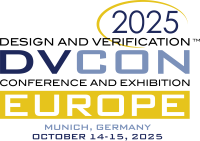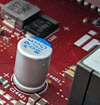
DVCon Europe 2025 took place on October 14 and 15, with the SystemC Evolution Day on the 16th. I was there, running around talking to people, taking photos, and listening to presentations. Just like it usually is. Great conference, great fun, great learning! The conference dinner was back by popular demand, and there was a lot of virtual platforms.
Continue reading “DVCon Europe 2025 – Virtual Platforms and a Real Party”








